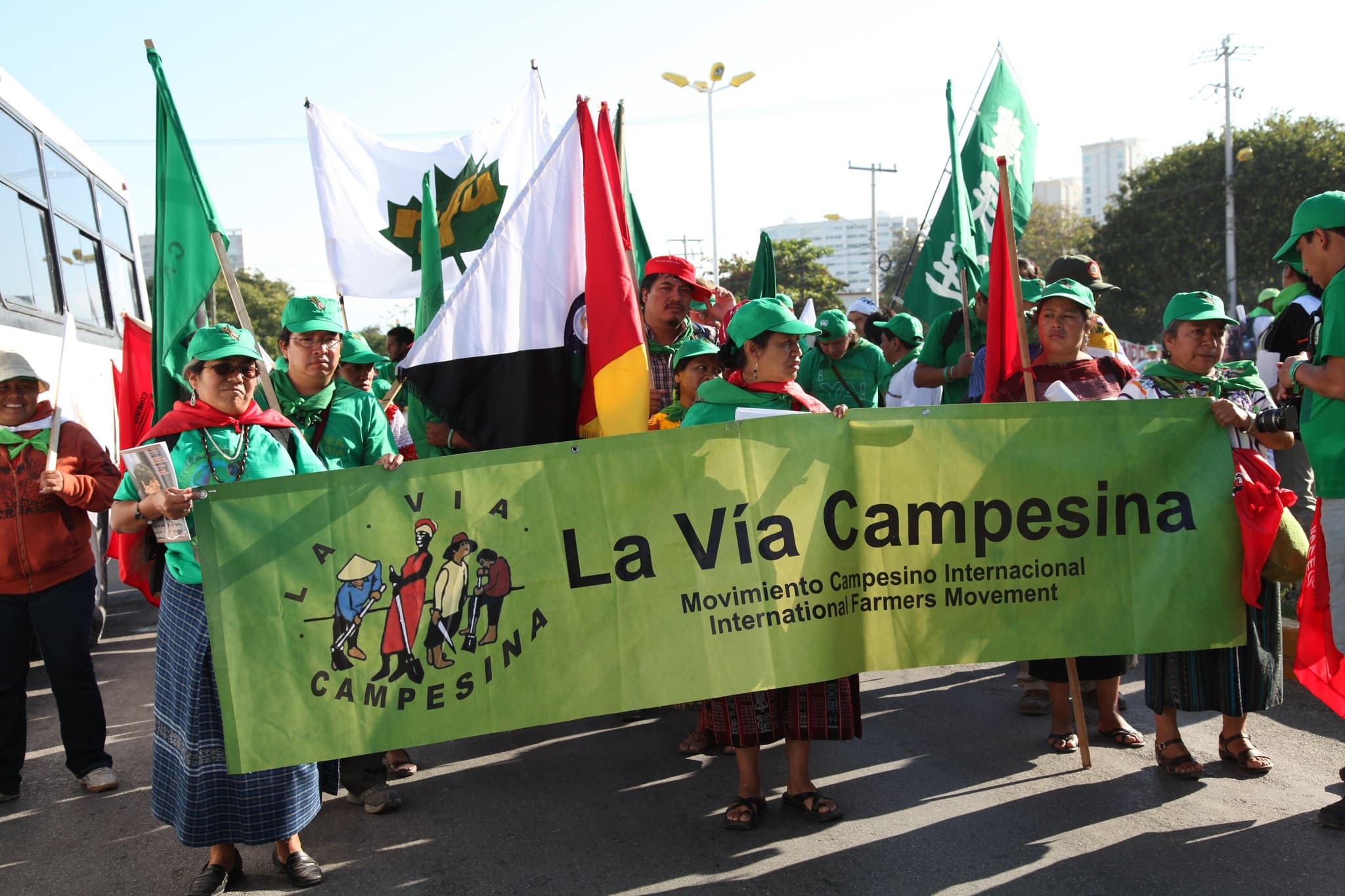I’m a Participation in Government teacher at Metropolitan Expeditionary Learning School, a public 6-12 school in Queens, New York. We have some latitude to design our own curriculum at my school, and given our motto as a “school for a sustainable city,” with a focus on designing learning experiences around environmental and social justice, we work to thread the climate crisis into many of our case studies across the disciplines.
This year, we wanted to kick off the semester in Government class by thinking about ways in which people traditionally, and non-traditionally, “participate in government.” We also wanted to explore on-going fights where communities rise up against the confluence of big business, fossil fuel companies, lobbyists, and dark money to fight to protect the Earth. The Zinn Education Project’s Teach Climate Justice resources were a boon to spark our curricular thinking.
Using the Don’t Take Our Voices Away role play as inspiration, we decided to teach and learn deeply about the Dakota Access Pipeline Fight as a way to better understand indigenous peoples’ perspectives on climate, and also to analyze the heroic methods and strategies used by #noDAPL protesters to make their voices heard. Teaching the role play over a few days to build background knowledge, we wanted students to be able to empathize with the stakeholders in this fight in order to better understand the stakes, and the resources, both natural and financial, at play in this particular issue. Without much other context, we jumped right into the role play. Once all of the DAPL stakeholders were named and their arguments analyzed, we were then able to dig into the context behind each of these positions.
In order for students to understand the ways in which people power with limited resources (as the Standing Rock Sioux exemplified) can strategize and make their voices heard, students needed to investigate the levers of power. So, we introduced our students to an old chestnut of community-based organizing strategy: power mapping.
Using the Midwest Academy framework and the resources from Zinn to provide primary and secondary source support, students power-mapped (and backwards power-mapped) the DAPL fight. They thought about specific targets — or stakeholders they wanted to move — as they designed short-, medium-, and long-term goals to achieve their organizational aims and to move stakeholders.
These frameworks allowed students to explore the roots of grassroots organizing. With with the examples provided by the Standing Rock Sioux and the curricular supports provided by the Zinn Education Project, the power mapping exercise was not just theoretical for my students, but was a case of real stakes and the struggle for climate justice.







Twitter
Google plus
LinkedIn